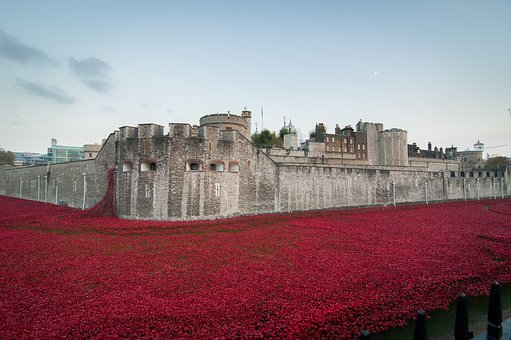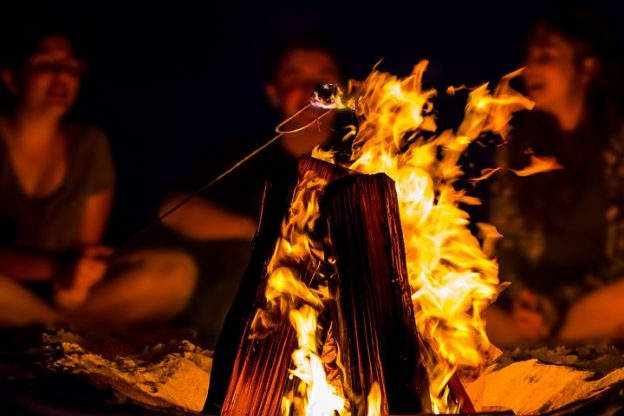It’s no secret now that if you apply for a job in an international company here in Germany, you may need to prepare your CV in English. You should note that English CVs (Curriculum Vitae in UK English / Resume in US English) do not carry a photograph – this has never been the case – it’s not what you look like that is important, it’s whether you can do the job!
The format of an English CV is also different to German. If you apply for a job in an English speaking country, then, unless otherwise requested, you send only your CV (not more than 2 A4 sides) and the covering letter. Do not attach references from previous employers or exam/university certificates. If needed, the originals will be requested at a later stage.
You are not expected to put your date of birth, your sex or marital status (married/single) or how many children you have or haven’t got. Such things are considered discriminatory and not relevant to whether you can do the job.
Generally, the order of CV should be:
- a) Personal (contact) details
- b) Work experience (jobs: starting with the current job first and working backwards)
- c) Education
- d) Skills
- e) Certificates/associations (if applicable)
If you wish to make a “Personal Statement” highlighting your main experience or qualities, then this should go at the top just below Personal details.
Having said all this, I can assist you in getting your CV into “shipshape order” by proofreading the final version for you. I can also run workshops on preparing for job applications in English and also prepare you for the interview questions you might be asked. Likewise, I do English training for Human Resources personnel who, amongst other things, need to know the difference between German applications and English ones.
I have written “English for Human Resources”, which is for Human Resources Managers and staff. There are two units on Recruitment and Selection where details about job applications in English are highlighted. “Career Express – Job Applications” – is for those wanting to apply for jobs in English speaking countries and contains lots of information on preparing for the whole job application process.
Finally, once you have prepared the CV in English, you just need to keep it up to date from year to year and then it is ready if you suddenly decide to apply for that job of a lifetime! Need my help? Please get in touch.
Details of my books are:
English for Human Resources – ISBN 978-3-464-20342-2
Career Express – Job Applications – ISBN 978-3-06-520204-6
Pat Pledger





